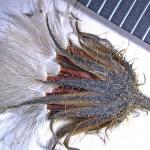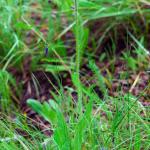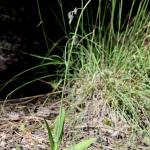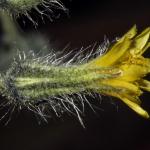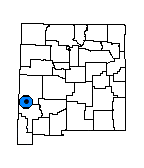Hieracium brevipilum (Mogollon Hawkweed)
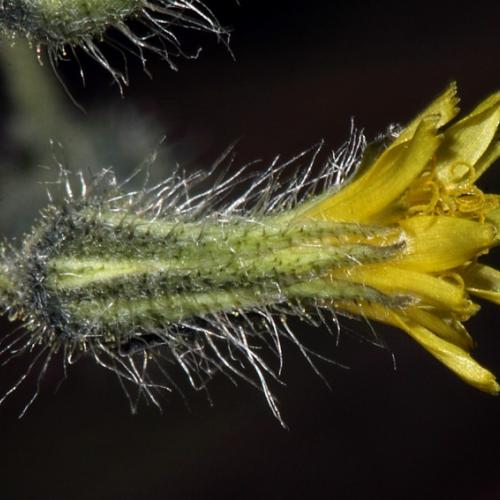
| USFWS | State of NM | USFS | BLM | Navajo Nation | State Rank | Global Rank | R-E-D Code | NMRPTC Status | Strategy Status |
|---|---|---|---|---|---|---|---|---|---|
| SEN | S2 | G5T2T3 | 3-1-3 | R | SS |
| Overall Conservation Status | Documented Threats | Actions Needed |
|---|---|---|
| MODERATELY CONSERVED | No Information |
Additional field searches to determine rarity |
Gray, A. 1883. Proceedings of the American Academy of Arts 19:69.
Greene, E.L. 1882. New western plants. Bulletin of the Torrey Botanical Club 9:62-65.
Flora of North America Editorial Committee. 2006. Flora of North America, volume 19. Oxford University Press, New York.
*Sivinski, R. 2009. Mogollon hawkweed (Hieracium brevipilum) status report. Section 6 Progress Report, Segment 23, for U.S. Fish and Wildlife Service, Southwestern Region, Albuquerque, New Mexico. 14 pp.
Roth, D. 2016. Wildfire Impacts on Species of Concern Plants in the Gila National Forest, New Mexico. Unpublished report prepared by EMNRD-Forestry Division, Santa Fe, NM for the U.S. Fish & Wildlife Service, Region 2, Albuquerque, NM. 48 pp.
For distribution maps and more information, visit Natural Heritage New Mexico



